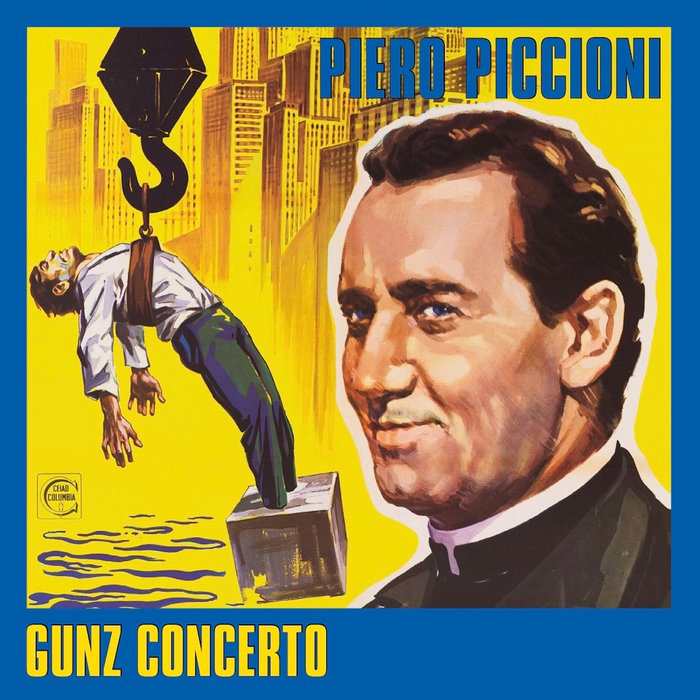
GUNZ CONCERTO (2 ) – NO DOWNLOAD VINYL ONLY PRE LISTEN EDITS – Dynamite cuts
this blog is GROOVY – check out great Soul, Funk, Jazz, Hip Hop, Bass, Breaks , Reggae, House n many more TUNES
Vocal jazz, the art of weaving melodies and emotions through the human voice, has a rich history as vibrant and complex as the music itself. From its roots in blues and ragtime to its evolution through swing, bebop, and beyond, vocal jazz has captivated audiences with its captivating blend of musical skill and improvisational spirit.
The seeds of vocal jazz were sown in the early 20th century, nurtured by the blues and ragtime traditions. Singers like Bessie Smith and Ma Rainey brought raw emotion and soulful delivery to their performances, laying the groundwork for the genre’s emotional depth.
As jazz gained momentum, so too did the demand for singers who could interpret its complex harmonies and rhythms. Enter the “crooners” of the 1930s, like Bing Crosby and Frank Sinatra, who brought a smoother, more romantic style to the forefront. These singers, often backed by big bands, captivated audiences with their velvety voices and sophisticated arrangements.
The 1940s saw the emergence of bebop, a faster, more improvisational style of jazz. Vocalists like Ella Fitzgerald and Billie Holiday embraced this new energy, showcasing their technical prowess and emotional range. Ella, known for her incredible vocal dexterity, could improvise on a dime, famously hitting notes that were impossible to write on a musical score!
Billie Holiday, on the other hand, brought a haunting vulnerability to her performances, her voice a poignant instrument that resonated with the soul. She famously recorded “Strange Fruit,” a song that exposed the horrors of lynching, making her a powerful voice for social justice within the genre.
Did you know that Ella Fitzgerald was initially afraid of performing on stage? To overcome her stage fright, she practiced her singing in her bathtub!
The evolution of vocal jazz continued through the 20th century and into the 21st. Singers like Sarah Vaughan and Nina Simone pushed the boundaries of the genre, incorporating elements of soul, gospel, and pop into their work.
Contemporary vocal jazz artists like Esperanza Spalding and Gregory Porter continue to innovate, fusing jazz with elements of funk, R&B, and even electronic music. Their performances are testament to the genre’s ability to adapt and thrive in a constantly evolving musical landscape.
Nina Simone, known for her powerful vocals, once famously threw a glass of water at a heckler during a performance!
Vocal jazz, with its rich history and diverse influences, remains a vital and compelling musical genre. Its ability to evoke emotion, celebrate artistry, and inspire innovation continues to captivate audiences worldwide. From the soulful blues of the early days to the groundbreaking innovations of today, vocal jazz remains a testament to the power and beauty of the human voice.

GUNZ CONCERTO (2 ) – NO DOWNLOAD VINYL ONLY PRE LISTEN EDITS – Dynamite cuts

He Does It Better – MARVA JOSIE
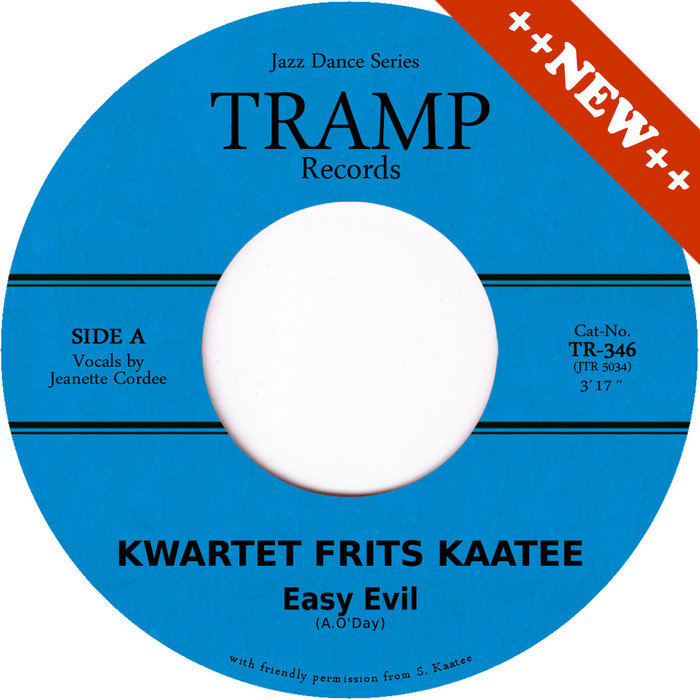
In The Name Of Love – KWARTET FRITS KAATEE
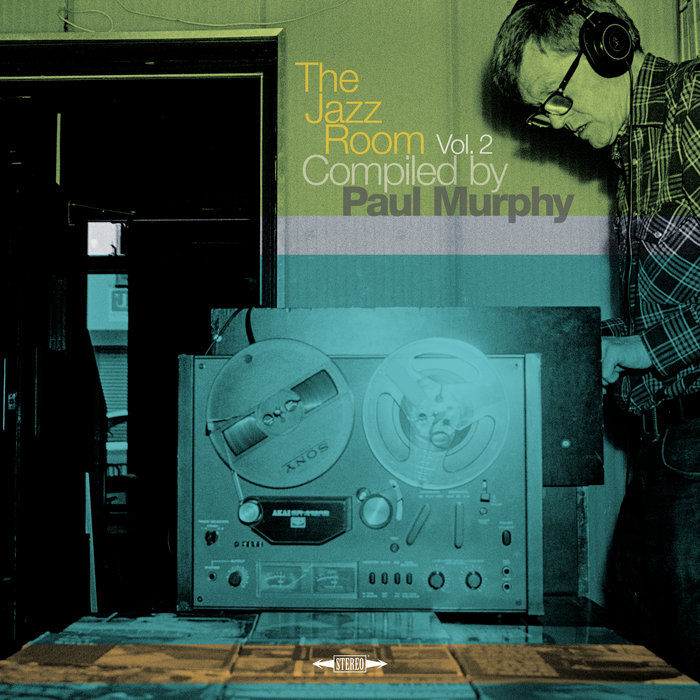
Water No Get Enemy – Daniel Crawford
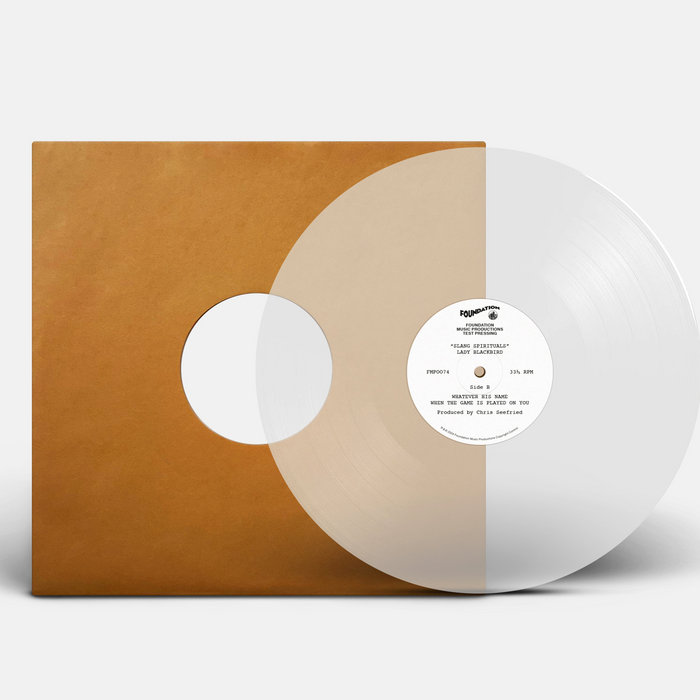
Purify – Lady Blackbird
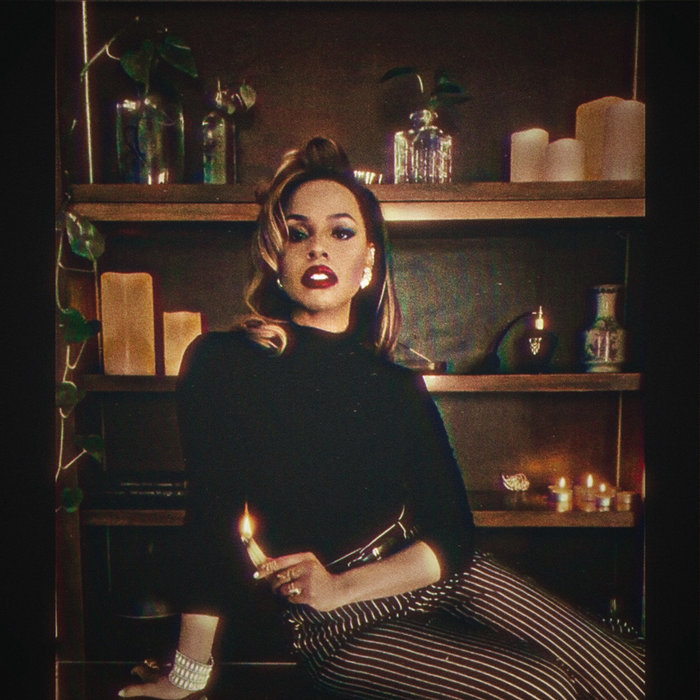
Fuego – Lauren Henderson
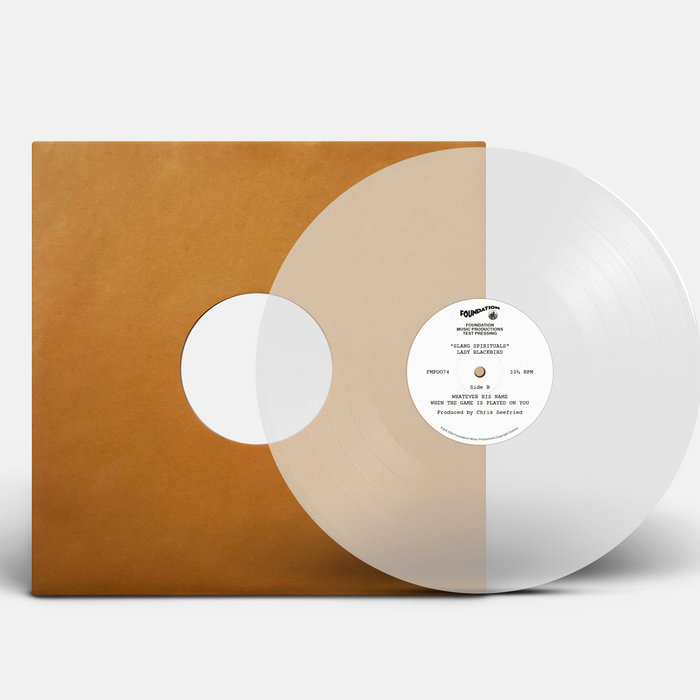
Slang Spirituals 12" Clear Vinyl – Lady Blackbird
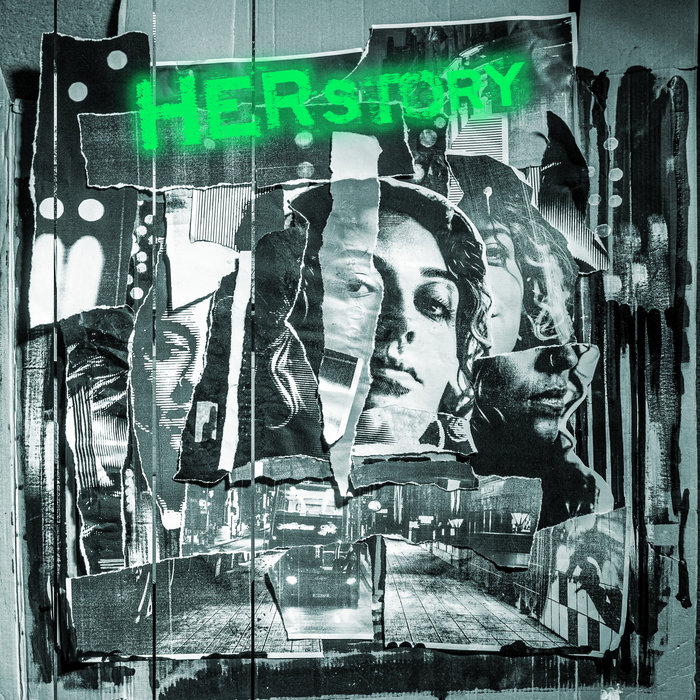
HERstory – Tess Hirst

Lost And Looking – Lady Blackbird
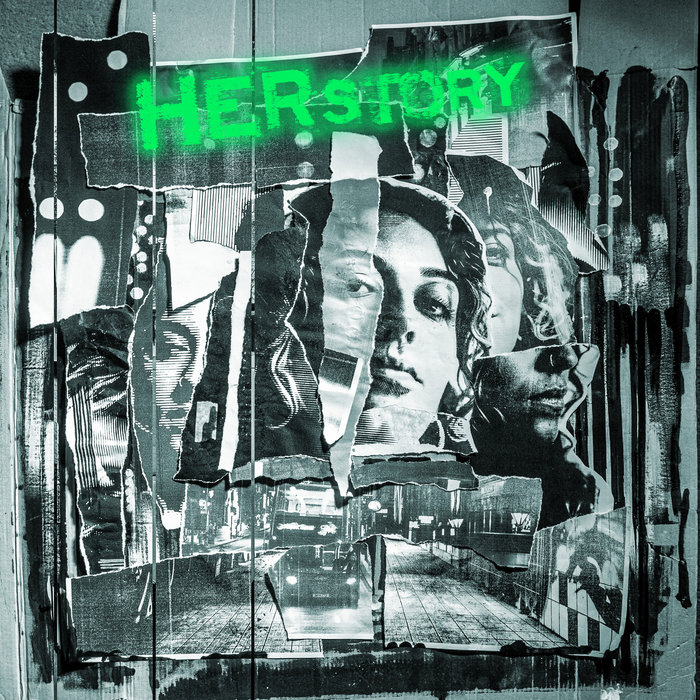
Magic – Tess Hirst